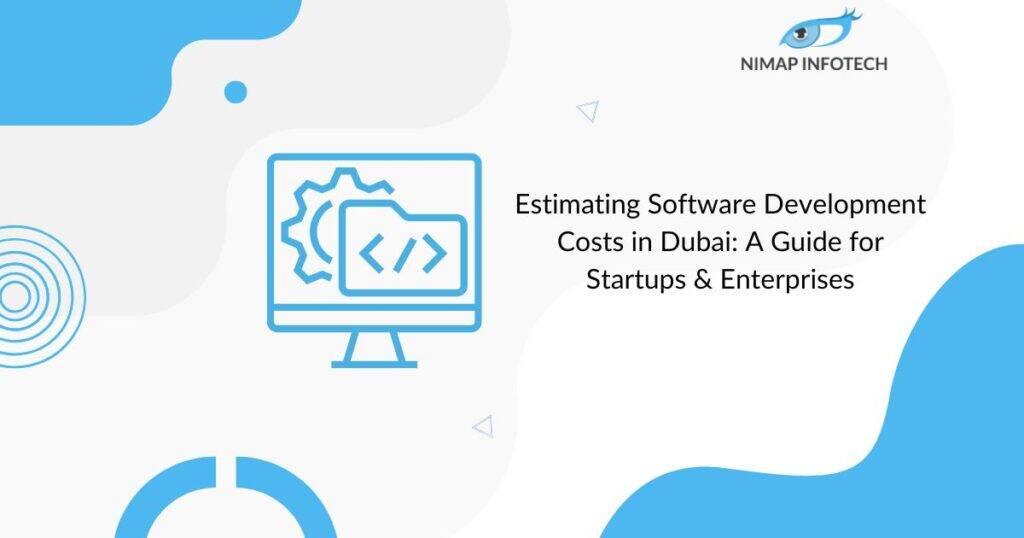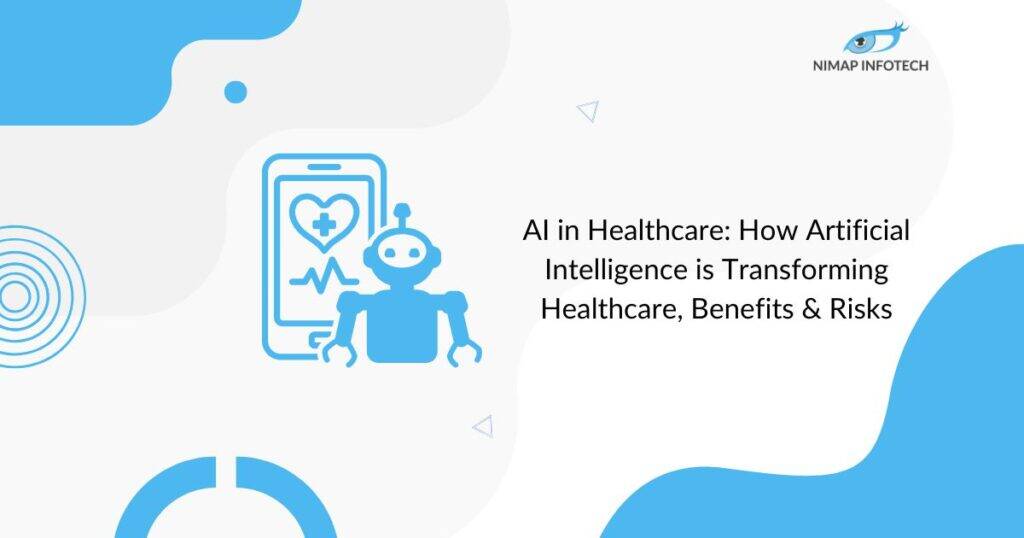Having a core foundation that is solid is extremely important for organizations that are keen on implementing ML. The implementation of ML can be challenging even with mature engineering strength. There can be pitfalls and misconceptions in making any attempts in order to make the jump between ML research and ML in production environments. A frequently overshadowed as well as the under-appreciated aspect of getting it right is mainly the infrastructure that is known to enable robust and well-managed research and is able to serve customers in production applications.
Table of Contents
ToggleRead Also: Building Foundation for Machine Learning Across Your Organization
A major lever in setting up and configuring the foundation for having a successful ML implementation program is being able to build a culture and an atmosphere that allows you to try these efforts at scale. ML is able to accelerate the rate of scientific experimentation and set the road to production and ultimately bring value to businesses. The cloud is also an integral part of this effort and it is known to enable teams to develop as well as deploy well-governed and accurate ML models to high volume production environments. Apart from production deployments, having a solid infrastructure provides a way for large scale testing of models and frameworks that is able to allow for greater exploration of the interaction between deep learning tools and data patterns and also enables teams to hire onboard new developers and ensure that changes to future models do not have any masked effects.
In this article, we will outline some of the tactical and procedural guidelines that help to set the foundation to bring effective ML into production across your enterprise using automated mode integration and deployment.
High-Level Challenges and Production Concerns using ML
Learning and implementing ML can be complex enough in production environments and only increases more when considering the necessity of addressing adversarial learnings. This is a subfield of ML that explores applications under hostile conditions. For example cybersecurity and money laundering. There can be adversarial attacks that range from causative to exploratory, and these encourage your model to change in response to carefully devised inputs and reduces efficacy.
Must Read: How to make Chatbot using ML
In the areas of cybersecurity and other complex domains, decision boundaries will frequently require robust context for human interpretation, and modern enterprises of any size are able to generate far more data that humans can analyze. Even the absence of such kind of adversarial concerns, user activity, network deployments and the simple advances of technology can cause data to pile up over time.
Keeping this in mind, production ML concerns are found to be universal. Data and model governance is able to affect all models, and retraining is nothing but a fact of life. So automating the production process is the main key for sustainable performance.
Common Production concerns that need to be solved when setting up an ML foundation includes the following concerns:
- Model problems in production: Models need to be trained, also updated and need to be deployed seamlessly. However, issues can arise with the use of disparate data sources, and using multiple model types in production (supervised/unsupervised) and using multiple languages in implementation.
- Temporal Drift: Changes in data over time.
- Context Loss: Model developers can forget their reasoning over the passage of time.
- Technical Debt: This is known to cause issues in productive learning environments. ML models are complex to be fully understood by their creators, and this is even more difficult for employees who may not be ML experts. Automating this process is known to minimize depth
The ideal system is known to address the technical overarching ML production considerations while addressing common adversarial concerns that includes
Recommended reading: NLP for chatbot
- Historical model and data training
- Model monitoring as well as accuracy tracking over time
- Working with distributed training systems
- Custom tests for each model to validate the accuracy
- Deployment to production model servers
Model Management and Setup for a technical foundation
While there may be different requirements for each organization, these are high-level consideration for enabling effective model management:
- Historical data training that provides fine-grained controls
- Training functionality that is distributed
- Support for multiple programming languages
- Robust testing and reporting support
- Easy to understand model accuracy
- The model feature set, code tracking, and methodology
- Provenance for data and definitions for internal data
- Tooling that is open source
- Custom retrain and loss functions using a cron-like basis in order to refresh stale models
- Negligible impact on model developers as well as dedicated ML engineers
The Benefits and Practise of a Solid ML Foundation
Once all of the technical components are in place, it is crucial to ensure that proper practices and protocols are followed in order to continue reaping the benefits of a well-designed ML foundation
One major area is model governance. This is known to cover everything from ethical concerns to regulatory requirements. Your aim should be to make the governance process go as smoothly as possible. Similarly, historical tracking is also a key concept here and helps to delegate temporal drift. Model tracking over the passage of time is difficult and requires fine grained temporal data and a distributed model logging framework.
With the use of historical data tracking, retrain and loss thresholds are provided by the user and these are used to automatically refresh models over time. In turn, this leads to more seamless model reproducibility- the immediate ability to generate historical models for validation against the current data conditions and a strong understanding of where the drift has occurred and the areas that it has affected. Furthermore practicing journaled knowledge retention mitigates context loss and ensures that the models are retrained and published automatically based on time changes to the underlying code as well as simple updates are easily identified.
Conclusion
To successful implement, Machine Learning requires a strong foundation for every organization and depends on its ML experts to have this foundation in place. This can lead to the efficient use of ML to automate mundane tasks and provide a conclusion out of data models that are analyzed for ML.
[yasr_overall_rating] 235 user vored as [5/5]
Author
-

Sagar Nagda is the Founder and Owner of Nimap Infotech, a leading IT outsourcing and project management company specializing in web and mobile app development. With an MBA from Bocconi University, Italy, and a Digital Marketing specialization from UCLA, Sagar blends business acumen with digital expertise. He has organically scaled Nimap Infotech, serving 500+ clients with over 1200 projects delivered.
View all posts








